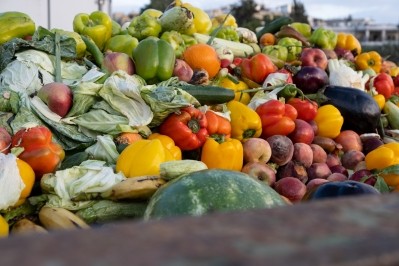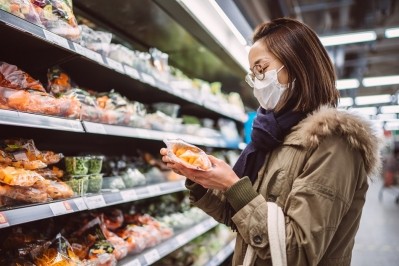Flashfood helps retailers boost EBIT 3-5%, drive store traffic by connecting shoppers to would be wasted food
To help retailers cut their losses and boost their profits while simultaneously reducing food waste and saving shoppers upwards of $100 a month on their grocery bills, online marketplace Flashfood offers an innovative, digital solution that connects budget- and environmentally-conscious consumers with deeply discounted surplus food nearing its expiration date.
“Historically, food waste has always been a challenge for grocers, despite their best efforts. You know, as consumers, we want to go into the grocery store and see produce that is stacked high. We want lots of inventory. But when you’re dealing with really fresh food with a short shelf life, it’s tough,” said Flashfood chief marketplace officer Eric Tribe. He explained: “You’re trying to avoid stockout and make sure that you have enough supply … [but] inevitably, food waste is something that grocers have been struggling with.”
While a notable challenge, Tribe said that Flashfood sees this as an opportunity, as well.
“We looked at this a little bit differently, and we though, what if there was a way to notify shoppers around the grocery store that there was food available that was approaching the before date, have them see the deals on their phones, buy it on their phones and pick it up in store?” he explained.
To make this happen, Flashfood created a digital platform with two apps – one for consumers and one for retailers. On the retailer side, the app is integrated with handheld scanners that employees already use when going through the store to identify products that are near their expiration. When they find one, instead of putting a discount sticker on it or throwing it away, they scan it in Flashfood to create a deal and then move the product to a special zone – usually by the customer service or self check-out – for eventual pick up.
On the customer side, the app is location-based so users can see deals near them and then with a simple click they can reserve and pay for the product to be picked up that day.
Flashfood boosts basket size, trips and offers an element of “delight”
Even though the products designated for sale on Flashfood are gathered in one part of the store for easy pick-up, Tribe said most consumers still shop other sections for complementary items to round out their meal – in this way, the app helps build bigger baskets. It also brings new consumers to the store, drives additional trips and adds an element of delight to the grocery shopping experience.
“What we’re seeing in terms of how it impacts shopper behavior is it is driving … about four extra trips a month, which is phenomenal among our users,” and for every dollar they spend with Flashfood they spend about $2 on general merchandise, Tribe said.
“Other benefits we find are 40-50% of shoppers don’t actually shop with that banner before,” but because of the deal offered on Flashfood they are willing to try a new store, Tribe said.
A less measurable benefit of the app is that it encourages consumers to try products or flavors of beloved brands that they hadn’t before – which offers a sense of excitement and can also drive subsequent purchases if they liked it.
‘We only make money when the grocer makes money’
Recognizing that food retailers operate on tight margins and that labor is strained due to the ongoing pandemic and ‘Great Resignation,’ Flashfood strives to keep setup easy and costs low for participating retailers.
Tribe explains that the app easily fits into existing standard operating procedures and doesn’t add extra work – but might shift it slightly. For example, instead of taking a product that is near expiration to the back, they take it to the Flashfood zone, or instead of putting a discount sticker on a product they scan it into the system.
Flashfood also strives to keep setup costs low – simply requiring a cooler an dry rack, which most stores already have, Tribe said, adding Flashfood covers the costs of marketing and merchandising assets.
Finally, he said, Flashfood uses a fee based model that gives them a percentage of transactions, which lowers the risk for retailers.
“We only make money when grocers make money,” so if no one uses Flashfood, the store isn’t out additional costs, he said.
Ready to scale
Over the past three years, Tribe says Flashfood has seen “crazy growth” – going from about four stores to now approaching 1,300. A series A fundraise of $12.3m announced earlier this year and led by investoryS2G Ventures will help further fuel the company’s expansion across the US.

















